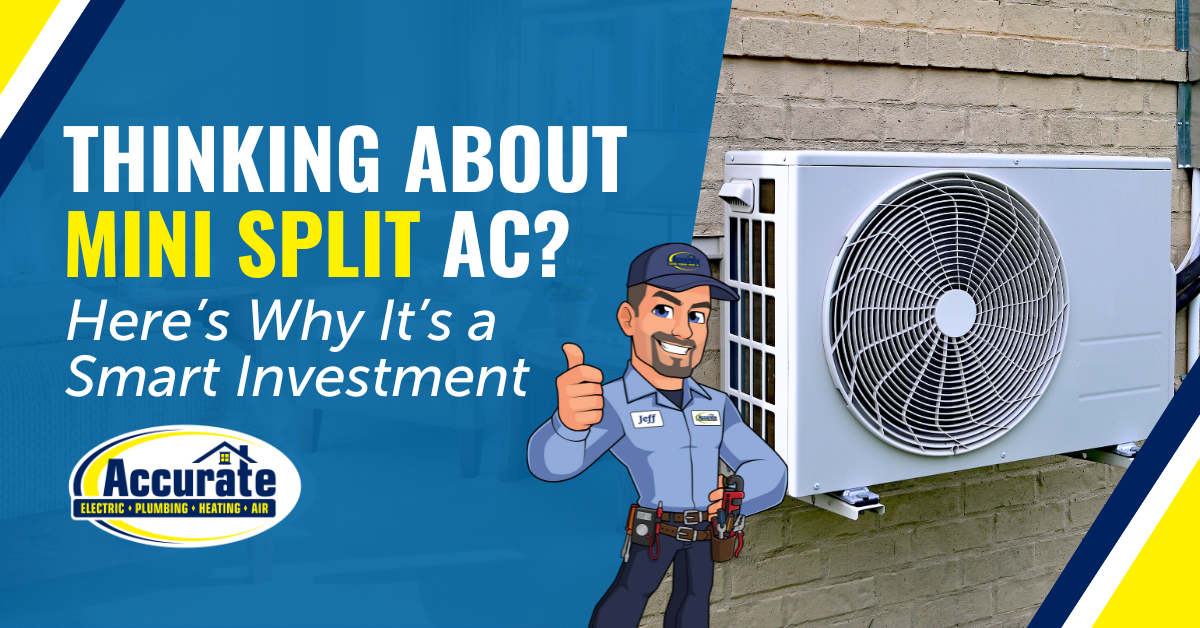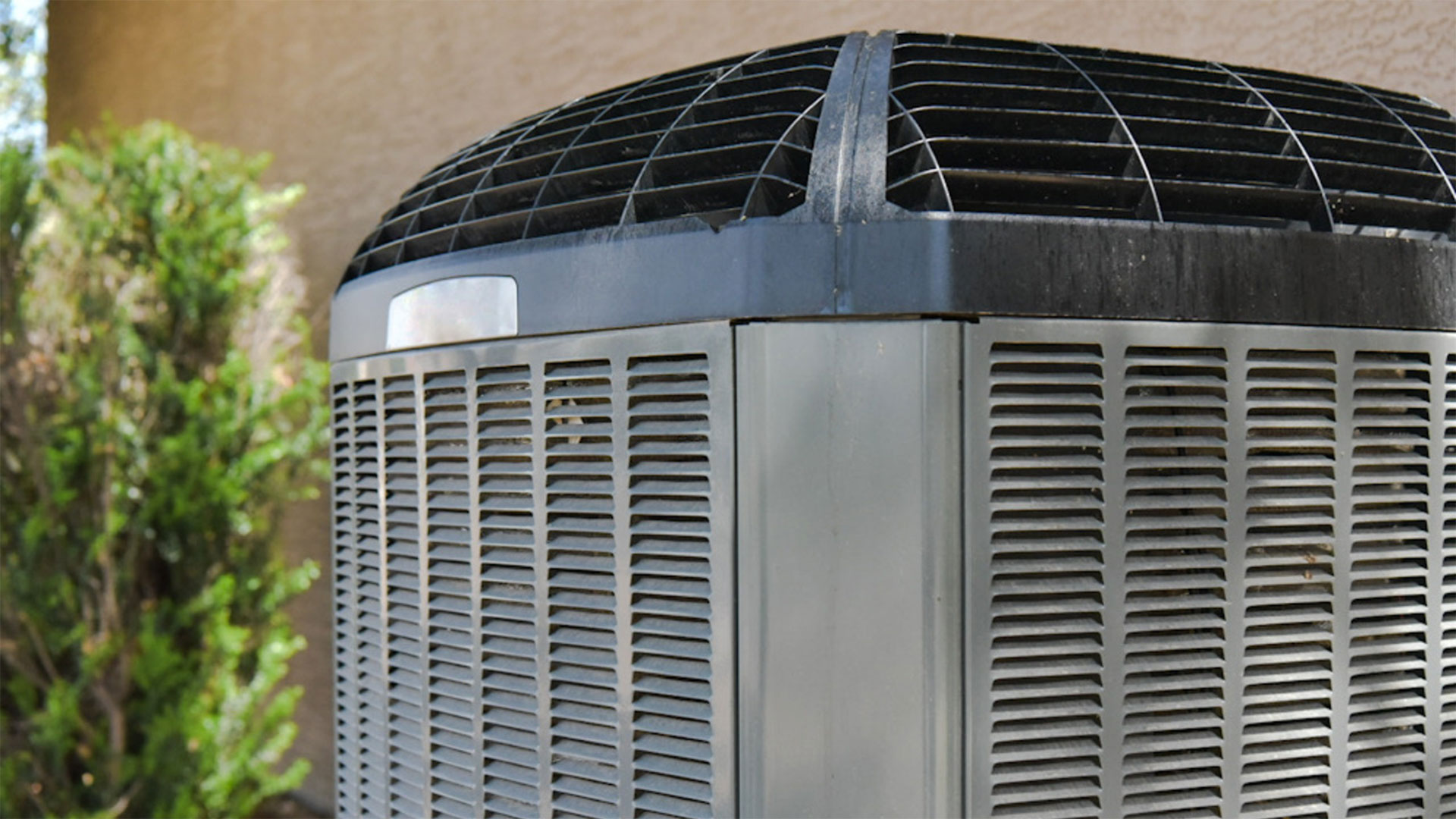Glendora, CA, may not be the coldest place in America, but that doesn’t mean residents can afford to go without heat during the winter. Homeowners and their families deserve to have a place to escape the cold, and that means getting the home’s heating system in order now before winter hits. Read on to find out how to prepare a furnace and HVAC system for winter to ensure the entire household will stay comfortably warm until spring arrives.
Schedule a Professional Tune-Up
The first step to ensuring that a furnace stays up and running at optimal efficiency all winter long is to schedule a professional heating maintenance visit. During a tune-up, the technician will inspect every component of the heater and its accessory systems, including the ducts, and identify any possible causes of inefficiency. He or she will look for signs of wear and tear, broken parts, and other issues that could lead to trouble down the line and give a full report to the homeowner when the inspection is complete.
Seasonal furnace maintenance gives homeowners the opportunity to identify and correct minor problems before they lead to major system failures, helping to reduce the risk of the heater going out just when it’s needed most. If the furnace is still covered by a manufacturer’s warranty, scheduling a professional tune-up each fall will also ensure that homeowners are complying with their warranty agreements. Failure to provide proper maintenance can void the warranty completely.
Make Necessary Repairs
It makes little sense to schedule an inspection and tune-up, then ignore the advice of the technician who performs it. If a trained HVAC tech says there’s something wrong with the system that should be addressed before winter, take that advice to heart. The heating repair costs tend to be lower when homeowners schedule minor repairs before they can lead to serious breakdowns and emergency repairs in the dead of winter.
In some cases, the inspecting technician may be able to perform heater repairs on the spot. In others, he or she may need to order parts and return at a later date. If the unit has experienced extreme wear and tear due to old age or lack of maintenance, it may make more sense to replace it than to make multiple individual repairs. When in doubt, ask the HVAC tech for his or her professional opinion.
Change the Air Filters
Air filters serve an essential purpose in any heater system. They prevent dirt, dust, and debris from circulating throughout the home or causing damage to the furnace’s delicate internal components. Every furnace is a little different, so it’s wise to check the manufacturer’s instructions regarding the frequency of filter changes.
In most cases, filters need to be replaced either every month or every three months. Some more advanced filters can be left in place for up to 12 months at a time. Either way, homeowners should check their filters before firing up their furnaces and replace them if they look dirty.
Prep the Humidifier
In the winter, the air tends to be dryer than it is during the warmer months of the year. As a result, most households need whole-home or portable dehumidifiers to replenish the moisture that’s usually missing to maintain optimal relative humidity levels.
The level of care required to prepare a humidifier for winter use will vary depending on what sort of system homeowners have installed. In most cases, it will require changing the water panel, removing and cleaning the reservoir, wiping down the housing and intake vents, if applicable, and checking the drain line to make sure there aren’t any leaks.
Clean the Furnace
Scheduling a furnace tune-up will ensure that everything is in good working order and give a technician the chance to clean the unit’s interior chambers, but it’s still the homeowner’s responsibility to ensure the area around the furnace is clean and clear. Head to the basement, crawlspace, or utility room and take a look. If there’s dirt or debris all over the floor or walls near the furnace, now is the time to break out the vacuum and clean it up before it can get sucked into the air supply.
It’s equally important to ensure adequate access to the furnace. The airflow to the unit should never be blocked by furniture or other items stored for the winter, and nothing flammable should be stored within six feet of the unit. While homeowners are cleaning up the area around their furnaces, they should also check the access doors and exterior panels to make sure those components are not loose, especially if the system hasn’t been professionally inspected yet.
Reprogram the Thermostat
When it’s time to switch an HVAC system over from summer to winter mode, homeowners should check their programmed temperature settings. Most people’s temperature preferences differ during different seasons of the year, as do many family’s schedules. Reprogram the thermostat before firing up the furnace and try to follow these energy-saving guidelines:
- Balance comfort and efficiency by setting the thermostat to 68 degrees.
- Lower the temperatures by 10 to 15 degrees when the home is unoccupied.
- Choose AUTO for the fan setting to make sure the blower is only running when the heater cycles on.
Test Carbon Monoxide Detectors
Every home should have not just smoke detectors but also carbon monoxide detectors. These essential pieces of safety equipment are designed to protect families from carbon monoxide poisoning when their furnaces or boilers are turned on.
Most experts recommend checking both carbon monoxide detectors and smoke alarms once a month, but not everyone follows those guidelines. Even if homeowners aren’t always diligent about testing these systems, they should make a point of checking them before firing up the heater and replacing the 9-volt batteries that act as a backup power source at the same time.
Modern carbon monoxide detectors are designed to last around five to seven years, while smoke detectors only need to be replaced once a decade. Batteries, on the other hand, need to be replaced every six months or whenever the unit begins to chirp. When in doubt about whether a carbon monoxide detector needs to be replaced, check the manufacturer’s recommendations.
Inspect the Ductwork
Before turning on the heater for the season, homeowners should inspect their HVAC ducts to ensure they will be able to transport that heated air efficiently throughout the house. Leaky ducts can cause drops in the efficiency of up to 30%, which can cause some significant discomfort during the winter. Residents will need to adjust the thermostat more frequently and set it to higher temperatures just to stay comfortably warm, which can also drive up monthly bills.
Some homeowners choose to inspect their ductwork themselves. Unfortunately, not all leaks, disconnections, and damage are as obvious as one might think. Families that want to maximize their HVAC systems’ energy efficiency and keep their monthly bills to a minimum should schedule a professional ductwork inspection and have their ducts sealed as necessary to ensure proper air circulation.
Keep the Air Vents Clear
For a furnace to work efficiently, all the vents throughout the home need to be clear and unobstructed. If any of the vents are closed, open them now. It’s a myth that closing vents to restrict which areas of the home are receiving heat will save energy.
The heater and ductwork are designed to transport precise amounts of treated air to each area of the home, so if one or more of the vents are closed or blocked, warm air gets trapped in the system. The trapping of warm air in the system can damage ducts, cause the furnace to overheat, and decrease energy efficiency. Before turning on the furnace, check every vent in the house, and keep the following tips in mind.
- If a louvered vent cover won’t open, clean the cover and eliminate dust buildup or, if necessary, replace it.
- Remove all rugs, carpets, furniture, or other items that could obstruct supply vents and return air grills.
- Take the time to clean all of the vents and register covers to ensure that built-up dirt and debris are not restricting airflow or contributing to poor indoor air quality.
Test the Furnace Before It’s Needed
Take the furnace or a test drive before the temperatures get too cold. If anything is wrong, knowing about it in advance will give homeowners a chance to schedule repairs before HVAC contractors get too busy. Waiting to give the furnace a test run until the first cold day can make it more difficult to schedule any repairs that might be necessary.
Trust the Pros
With winter on its way, homeowners need to find an HVAC company they can trust to provide heater maintenance, repairs, and, if necessary, replacements. Accurate Electrical Services offers a range of HVAC services to customers in Glendora, CA, We believe that no family should be left out in the cold during the winter months, so we offer competitive pricing and 100% satisfaction guarantees to back up all of our work. Visit our website to learn about our other services or call 626-386-5242 to schedule heater service before winter hits.




